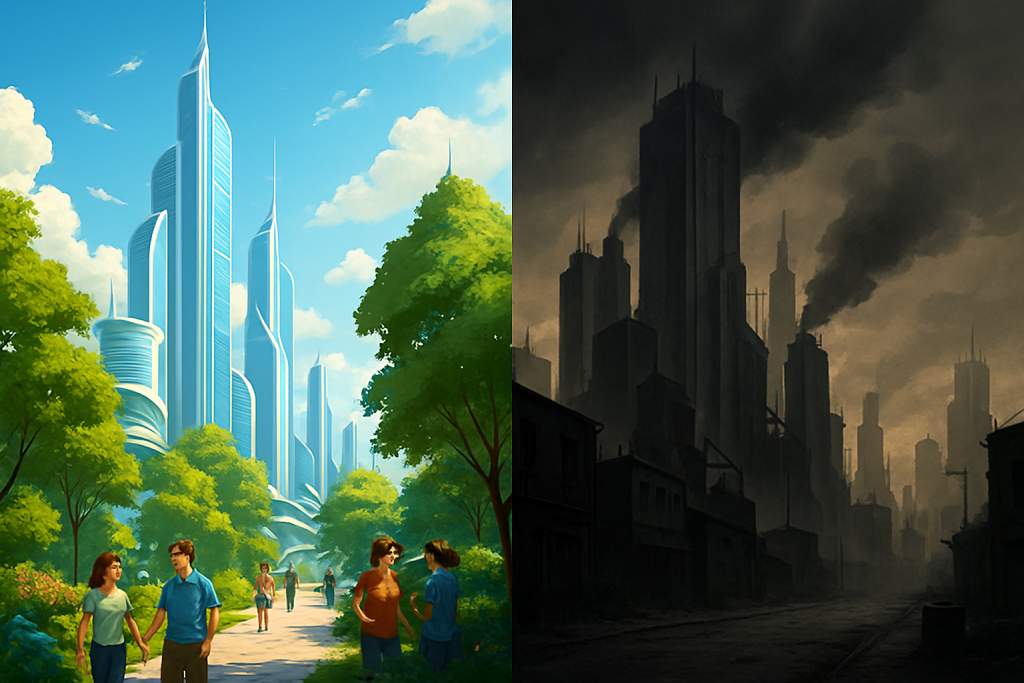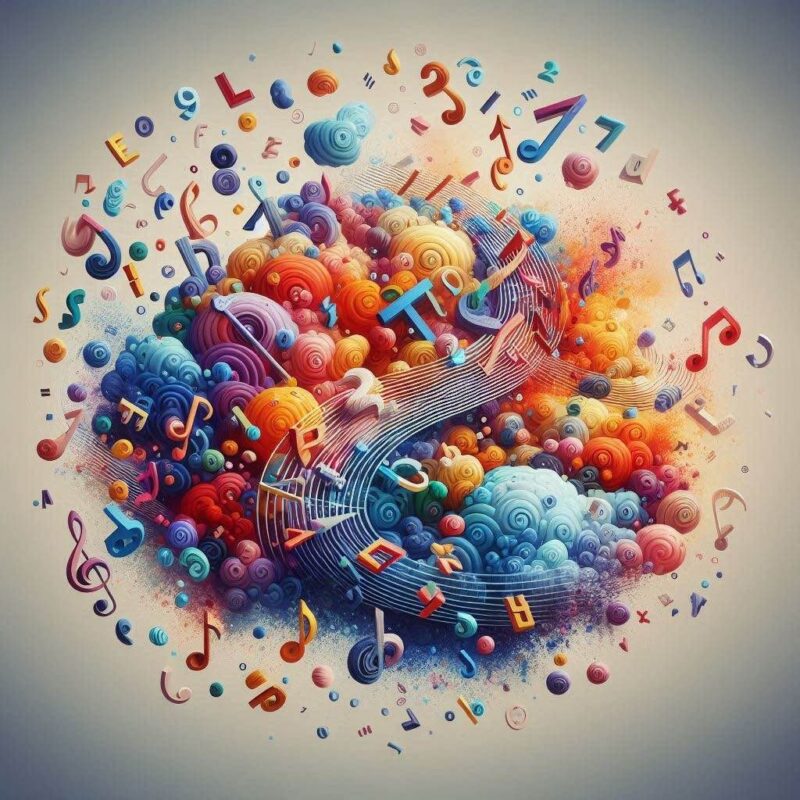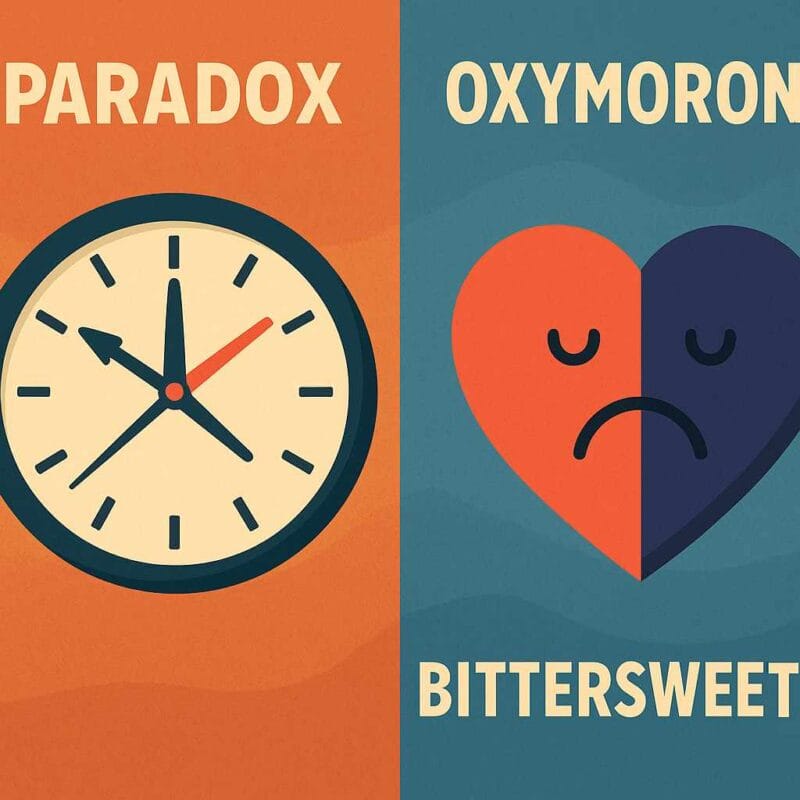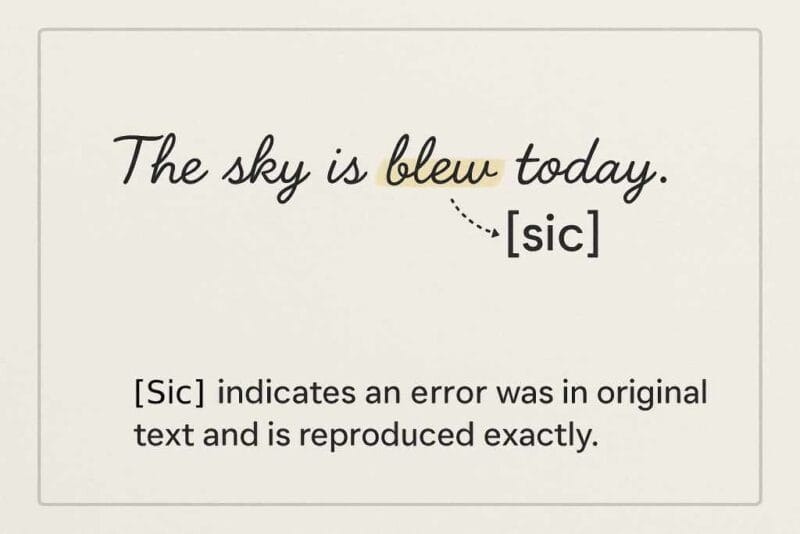Utopian and dystopian fiction occupy a distinctive space within speculative literature, exploring how societies might look under radically different conditions. Both genres serve as imaginative laboratories for political, social, and ethical concerns, but they take opposite directions in tone and vision.
Utopian fiction projects an ideal world, aiming to inspire hope and reform, while dystopian fiction depicts oppressive societies marked by fear, control, and ruin. Despite these contrasts, the two are deeply interconnected, often emerging in response to the same historical pressures.
The Nature of Utopian Fiction
Utopian fiction presents worlds consciously designed to embody justice, equality, and abundance. These narratives function less as escapist fantasies than as philosophical blueprints, interrogating how human society could transcend conflict and deprivation.
The genre traces back to Thomas More’s Utopia (1516), which imagined an island society governed by rational principles, communal property, and civic harmony. Since then, utopian visions have often mirrored the aspirations of reform movements. Edward Bellamy’s Looking Backward: 2000–1887 (1888) envisioned a cooperative economy that eliminated class divisions, a scenario that inspired hundreds of “Bellamy Clubs” in the United States and beyond.
In the twentieth century, Ursula K. Le Guin reanimated the utopian form in The Dispossessed (1974) and Always Coming Home (1985), portraying communities that balanced freedom with responsibility. These works, however, highlight how utopian fiction rarely depicts a flawless paradise; instead, they encourage reflection on the possibility of building societies that aspire toward fairness and sustainability.
The challenge of utopian fiction lies in narrative dynamism. A perfect society risks appearing static, with little space for conflict or transformation. Writers often address this by uncovering contradictions within the utopia or by showing the tensions between idealism and human complexity. The result is fiction that asks how close we can come to achieving a collective vision without erasing individuality.
The Nature of Dystopian Fiction
Dystopian fiction emerges as a dark counterpoint, portraying societies deformed by oppression, surveillance, or ecological ruin. Where utopias inspire, dystopias warn. They dramatize the consequences of political power without boundaries, the misuse of technology, or the grip of cultural complacency, often in ways that reflect pressing anxieties of their time.
Yevgeny Zamyatin’s We (1924), one of the earliest modern dystopias, critiqued collectivist authoritarianism by depicting a future society where personal freedom was eradicated. George Orwell’s Nineteen Eighty-Four (1949) expanded this vision into a totalitarian regime of omnipresent surveillance and absolute state control, while Aldous Huxley’s Brave New World (1932) imagined a society pacified by genetic engineering, consumerism, and pleasure-based conformity. Later, Margaret Atwood’s The Handmaid’s Tale (1985) exposed the horrors of a patriarchal theocracy that reduces women to reproductive roles.
Unlike utopias, dystopias are rich in conflict. Characters struggle to survive, resist, or reckon with moral compromise within systems built to erode individuality and choice. These stories resonate because they capture real fears about authoritarianism, environmental devastation, or loss of autonomy, using exaggeration and allegory to critique contemporary realities.
Utopian Fiction vs. Dystopian Fiction
The relationship between utopian and dystopian fiction becomes clearer when examined side by side. Utopian fiction seeks to inspire by suggesting how better futures might be achieved, while dystopian fiction cautions against destructive trajectories.
Utopias tend toward philosophical speculation, whereas dystopias thrive on narrative urgency, often centered on resistance or survival. Historically, utopian writing flourished during moments of social optimism, such as the late nineteenth century, while dystopian works surged during periods of disillusionment in the twentieth century.
The contrast can be summarized in a list of paired elements:
| Aspect | Utopian Fiction | Dystopian Fiction |
|---|
| Purpose | Aspires to present ideals | Exposes dangers |
| Tone | Hopeful and constructive | Dark and critical |
| Conflict | Struggles to generate narrative tension | Teems with conflict |
| Historical Rise | Peaked during reformist optimism | Gained strength in response to war, totalitarianism, and environmental anxiety |
Key examples highlight the contrast. Thomas More’s Utopia and Bellamy’s Looking Backward remain canonical utopian texts, while Orwell’s Nineteen Eighty-Four, Huxley’s Brave New World, and Atwood’s The Handmaid’s Tale stand as defining dystopias. Ursula K. Le Guin occupies a rare middle ground, her works blending utopian experimentation with acknowledgement of social conflict.
Literary Significance of Utopian and Dystopian Books
The enduring presence of utopian and dystopian books reflects their literary and cultural importance. Both genres extend beyond entertainment to function as philosophical fiction and social commentary. They dramatize possibilities and perils, challenging audiences to rethink the conditions of their own societies.
Iain M. Banks’s Culture series (1987-2012) exemplifies a late-twentieth-century reworking of utopian ideas. His novels depict a post-scarcity civilization that has achieved extraordinary harmony while still exploring the ambiguities of intervention and coexistence with less advanced societies. Such works illustrate the continued vitality of utopian imagination, even when dystopian fiction claims greater cultural visibility.
Dystopian fiction has come to dominate modern imagination by mirroring widespread concerns about climate change, surveillance technologies, and political instability. Yet utopian visions persist, offering reminders that literature can also project desirable futures, not only terrifying ones. Together, these genres map the extremes of speculative futures, showing how literature navigates between hope and despair, aspiration and warning.
Further Reading
Utopian and dystopian fiction on Wikipedia
Must read Utopian & dystopian books! on Reddit
How can a book be utopian and dystopian fiction at the same time? on Quora
Best Utopian & Dystopian Fiction on Goodreads




